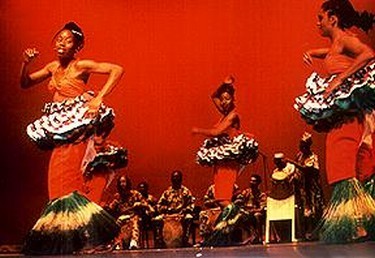Uncle Brian Entertainment & Event Management
We have an excellent record of providing high quality acts and performances to clients throughout the UK. Street entertainers, actors, musicians and circus performers are available to book through our website.
Established suppliers of innovative stilt walkers, fire performers, glamorous shot girls/guys, models, dancers, human statues and lookalikes.
We provide complete fun day packages or single items for your next event. From Rodeo Bull Hire & Saloon Bar Shoot Out to Surf Simulator & Laser Shot, Shooting Simulator Hire. Also Fun Foods like Chocolate Fountains, Candy Floss & Popcorn side stalls & a massive range of inflatables, Human Table Football, Penalty Shootouts, Obstacle Courses, Bungee Runs & Much Much More.
Providing entertainers for all kinds of events. Whether you need a Childrens Entertainer in Scarborough or a Magician in Yorkshire we have an excellent record of providing high quality acts and performances to clients throughout the UK. Street entertainers, actors, musicians and circus performers are available to book through our website. Check out what our customers say here
UBEEM
Burwell House,Folkton,
Scarborough,
North Yorkshire,
YO11 3UH
UK
Phone:- 01723 891441
Mobile:- (07801) 969464
dfrow2011@gmail.com
VAT No. 721563060
If we have not got it,we can get it.
Please note that our pricing structure is flexible enough for both large and small events.
African Dance Display

An exotically costumed celebration of tribal dance, with acrobatics
and drumming. This traditional dance company present a kaleidoscope of traditional African dance and drumming as you are taken on an exciting non stop journey across the African continent. A very exciting and energetic display of sound, colour, music and rhythm.
The problem with the study of African Dance is that it is so vast and complex. It's a different World. I got a glimpse of it when I was in Africa. So anything that I say about it will be only gross simplifications and generalisations.
African dance use of the body itself and the characteristic use of bent knees and the isolation of body parts makes it very similar in form to Belly Dance.
Within African Dance you will find the closest and most physical links between life overall and the dance.
Traditional African music is participatory. All the activities of daily life are often accompanied by music, song, and rhythm. Every day, there may be a special event in which music and dance is the central activity. Almost everyone present will be actively involved in several different ways at once, playing instruments, dancing, singing, hand-clapping, observing, commenting, being commented upon.
The music is mostly percussive and there are good reasons why the African idiom developed more along the rhythmic genre whereas European music developed along more harmonic lines. In Europe music would be more in enclosed stone buildings that would have a lot of echo, which would encourage vocal harmony. A drum in that setting would simply blur and sound overpowering. In Africa life was far more outdoors and a drum can carry a long distance whereas a vocal would get lost. Drums would be very useful to communicate with, to the point that an entire language can be expressed with the Talking drum. The simple characterization of the monks in a monastery chanting away with the echo creating all the overtones and harmony compared with African villagers communicating great distances with drum sounds does give us at least a starting point as to understand the fundamental differences between African music and therefore dance and European Dance.
In pre-Christian and pre-Islamic Africa the gods were many. For the Yoruba, in what today is Nigeria, the gods were manifested in natural objects and connected to natural forces such as water, fire, and thunder. The gods had supernatural powers, but were also very human in their frailties as well as virtues. They could be angry, generous, jealous, mischievous, bold, lustful, caring, or deceitful. They could be called upon for assistance, and invoked at ceremonies where they took possession of individual men and women among the celebrants.
In its purest form African Dance is beyond us Westerners. But once integrated with more European forms of music it at once becomes things we can get to grips with everything from Rock and Roll and Blues to the many Latin Dance forms. But don't give up, keep looking at the source repeatedly and you will learn something every time you do so.
